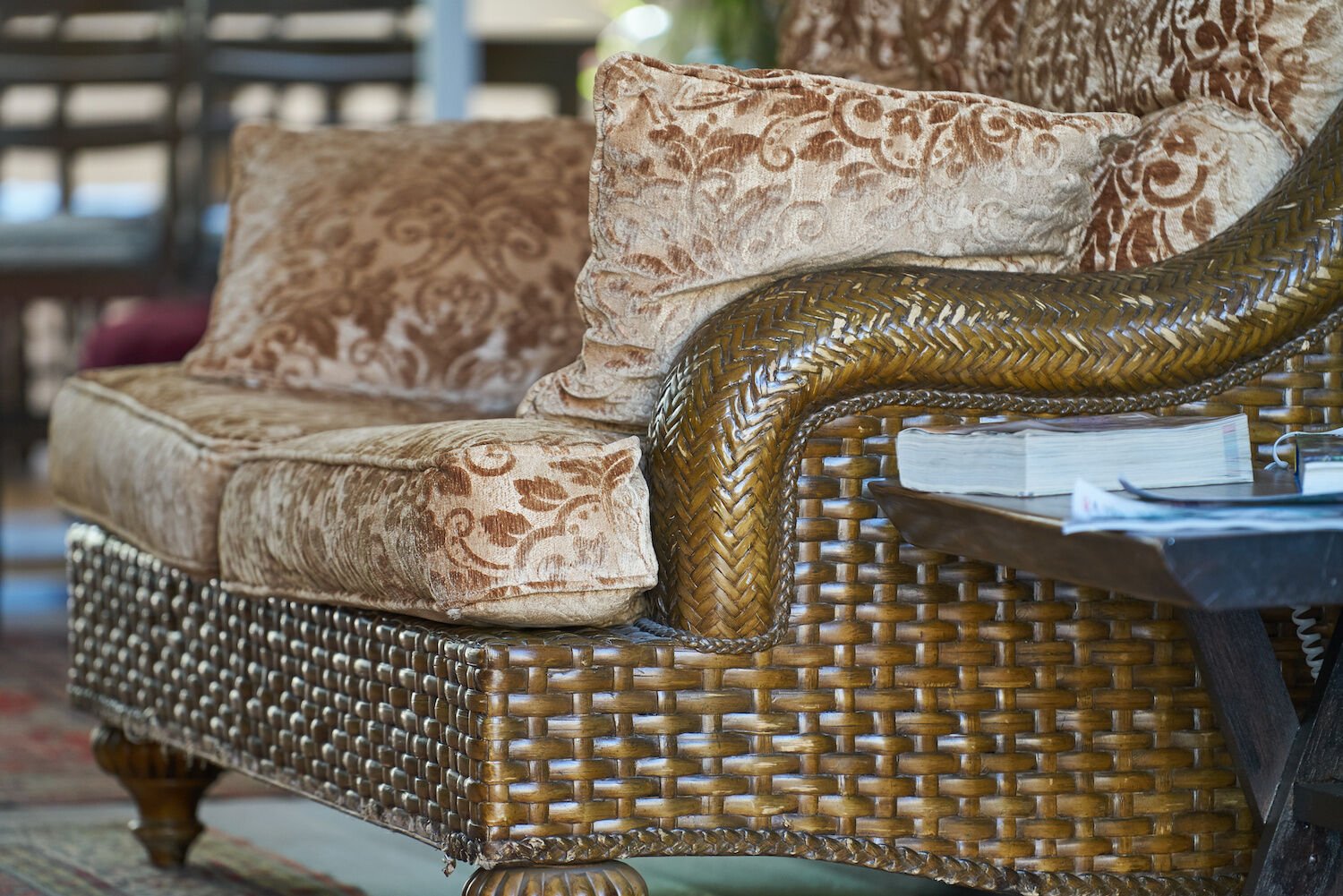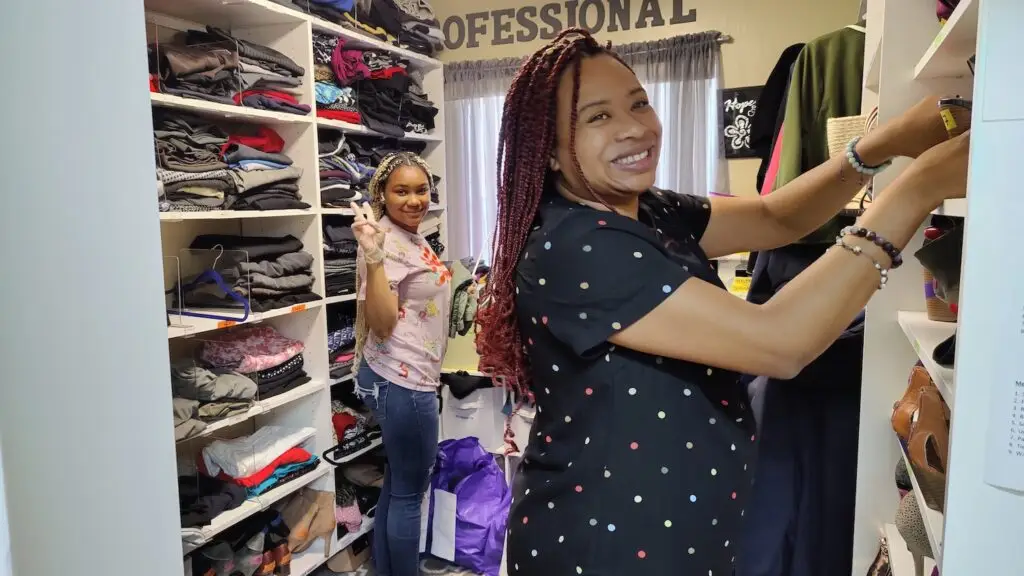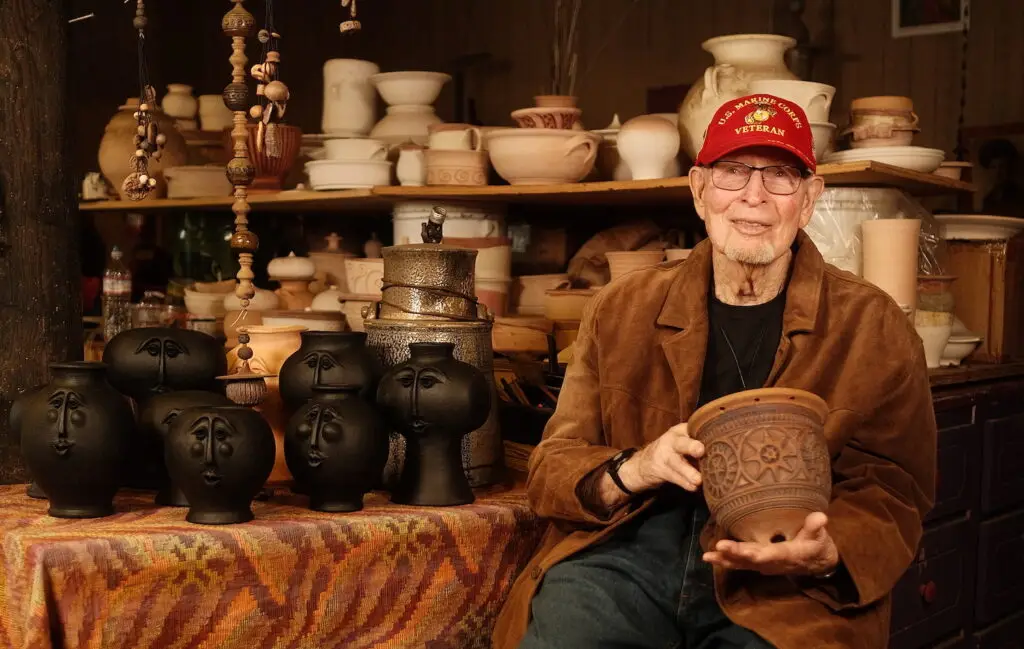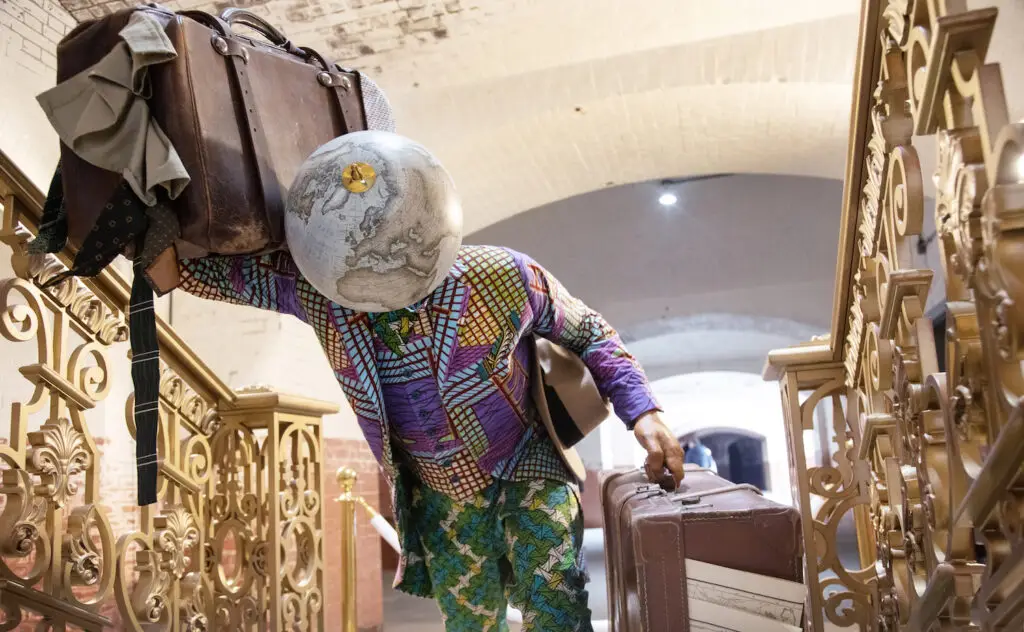
hairy chair pub note
It was checkered, made of some rough cloth. Almost hairy. I remember someone rocking it back and forth, always. You pulled the wooden lever on the side and it expanded to become a great, kinda hairy cradle to nap or end days. And that old, plush rocking chair was the “home” within our home.
At age seven, when I decided to cut my own hair the day before school photos—removing an oh-dear-god-sized chunk from the front, so that I looked like the lead singer of an off-brand new wave band—mom rocked me until I stopped crying. I can still think of that chair and feel an old centering.
And I can still see the decorative carvings of the coffee table from my childhood. And the latte-colored hutch where mom kept her German beer steins—ornate chalices that looked like tiny castles built for monk booze. Still see the sheen from the glazed clay bowls we bought from a potter whose shop was up in the hills of Fallbrook, down some dirt road I can still hear crackling and popping under our tires.
Our home was a modest one-story in suburban San Diego. It wasn’t an architectural wonder filled with expensive things. Just important things. Things that came into our house without any emotional power or meaning or baggage, and we slowly but surely imbued them with all of those things.
Now, at our place in OB, high above the stairs there’s a stained glass depicting a seagull, aloft on a strong wind and beach-house cliches. Never fancied myself a stained glass guy. As a kid raised in church, makes me want to count my sins and juggle my guilts. But it casts the whole downstairs in a groovy baby blue light, and that’s the hue I now associate with our family, with my strongest love. We have a couch we loathe, but its scratchy discomfort has become part of our story. We have photos of New York, where my wife, Claire, is from. Her first concept of home.
Point is, inhabiting a well-designed place isn’t a frilly concept. Environmental psychologists say our homes give us a vital sense of control, dependability. Every day we go out into the world and encounter all kinds of unpredictabilities and chaos. Home is the antidote for that guessing game. We know where the snacks are. We can navigate it without thinking; we’ve created our own supremely comfortable nooks within it. Anyone who’s been camping for days in the dirt without a mattress or warm water on command knows how ecstatic—near spiritual—it feels to make it home, shower, and climb into your side of the bed.
Creating spaces is a pretty basic, ancient human instinct. The earliest evidence of humans decorating the rooms they lived in seems to be the ancient Egyptians, who hung animal skins and decorative urns in their mud huts.
But I’ll bet it started way before that. Soon as we grabbed the hand of evolution and yanked ourselves out of the rivers and oceans, once our brains grew beyond a jumble of basic instincts, I bet we decorated the crannies we crawled into, tried to shape them into something not just livable but memorable.
While we’re generally more agnostic about our homes in the West, many Eastern cultures claim to have an emotional if not spiritual interdependence with their homes. That is why designers talk of “energies” and feng shui. Home is a living entity with a rather large say in our own emotional well-being.
A 2008 study by Pew Research asked people where “in their heart” they considered to be home. Only 22 percent said it was where they currently lived. So I guess, until the rest of us get there, we’re just temporarily occupying spaces and making them feel like our own.
And that doesn’t mean being the possessor of all the things—just the things that give us a sense of us. Some of my prized home/design/living objects I’ve found in garage sales and in the generosity of friends; some of my prized objects I saw the value in, saved for, bought with a clenching and a gasp. I’ve been in multimillion dollar homes that took my breath away, and multimillion dollar homes that looked like the very concept of ersatz has vomited.
When Claire first moved to San Diego, she and I lived in a rented one-bedroom that was the perfect amount of magic. Whether browsing the Cedros Design District or the Swap Meet design district, or whether it’s one of a kind or a billion of a kind—if it speaks to you, listen.
For this Living & Design issue, we explored the way modern San Diego designers and creatives are building spaces that speak: one about creating a walkable future of neighborhoods in Carlsbad; another an absolute gawking of what one of the top architects can create with a rarefied budget; a creative company who designs the functional beauty of some of the city’s top restaurants; and a list of favorite home objects from the director of a modern art compound.
For the cover, we asked San Diego graffiti artist Maxx Moses to show us his personal version of home in his trademark dreamy collage style. Raised in Yonkers, NY, he’s been local for 15 years and teaches local kids graffiti art in his studio in Encanto.
Hope the ideas in here help you find your own almost hairy chair.






















